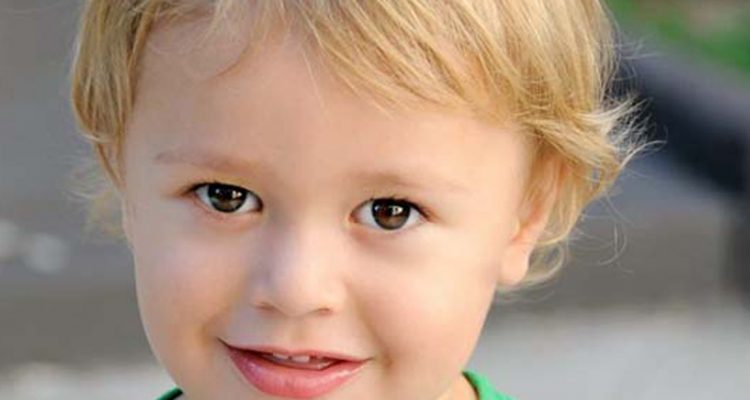Selecting the right preschool for your little one can be a daunting task. As you visit the different learning centres, you would soon realise the challenge that lies ahead of you. There are diverse programmes that aim at bringing out the best in your child. But which one should you choose?
It is true that all the preschools have a common aim to work towards the development and education of the child. But it is also important to realise that each of these centres would use a different curriculum to achieve this goal.
The main curriculum approaches employed by preschools are Montessori, Reggio Emilia, Waldorf Steiner, the High Scope curriculum, Play-based, Bank Street, the Theory of Multiple Intelligences and Whole-Brain learning approach.
Each curriculum is unique and makes use of different teaching methods based on the needs and interests of children. Take time to understand the key principles and philosophies of the different approaches before you make a decision for your child.
This will prevent the risk of dissatisfaction and painful experience that the child goes through while changing schools. Read on to know about the major curriculi available in preschools and find the right match for your child.
Montessori Method
Developed by Maria Montessori around a century ago, the Montessori method of teaching continues to be a popular curriculum in preschools around the world. From her extensive research on the learning process and development of children, Montessori observed that children have the power to educate themselves when they are placed in a carefully prepared environment.
The Montessori method of teaching gives children the freedom to choose the material they want to work with. It lays emphasis on hands-on learning, creativity, and other activities coupled with gentle directions from the teachers. The teachers are required to have an undergraduate in early childhood education or Montessori training along with graduation. The method aims at developing the physical, emotional, social and cognitive abilities of your child.
Waldorf
The Waldorf approach was developed by Rudolf Steiner in the 19th century. It aims at developing children who are socially responsible and contributing members of society. Schools and teachers have the authority to determine the teaching methods, objectives and goals based on the needs of the children.
The Waldorf method gives more importance to the qualitative method of assessment for the children. It allows the children to learn through creative ways and hands-on experience. This approach focuses on stimulating a zeal for learning in children and aims at developing their natural strengths and abilities. Exposure to media and television is not encouraged in this method as they believe it limits the creativity and imagination of the child.
The teachers are required to be Waldorf certified in order to teach.
Reggio Emilia
With roots in the Reggio Emilia area of Northern Italy, this approach to teaching was developed by psychologist Loris Malaguzzi and the parents of Reggio Emilia region. It focuses on the importance of relationships and self-expression. It believes that a child relationship with the community influences his learning.
Children are encouraged to learn through projects, arts and other activities that reflect their interests and innate abilities. Reggio Emilia is an educational theory and not a method. Hence, it doesn’t have formal training for teachers.
Play-Based Approach
Play-based learning is primarily based on the theories of Jean Piaget and Lev Vygotsky. In this approach teacher’s observation and feedback of a child’s activity is essential as it promotes learning and stimulates the interests of children. It emphasises that children learn the most through first-hand experiences of interacting with the material and environment.
High Scope
This method of teaching was developed in the 1960’s in Michigan by David Weikart in collaboration with the teachers of the district. High Scope approach lays emphasis on “active participatory learning”. It includes the active participation of children in choosing their learning activities which are performed under the guidance and observation of teachers.
Learning is supported through a variety of materials, daily routines, well-equipped and organised classrooms. Routines are planned and reviewed by teachers and children. The academic growth includes planned experiences for children in basic subjects like math, science and reading. The approach is based on research in the development of children in the past and present.
Theory of Multiple Intelligences
The theory of Multiple Intelligences was developed by Dr Howard Gardner in 1983. It challenges the view that intelligence is limited to IQ testing. Instead, he puts forth the multidimensional view of intelligence and categorises it into a broader range of eight areas.
These areas of intelligence include linguistics, spatial, musical, logical-mathematical, body-kinesthetic, interpersonal, intrapersonal and naturalistic. While our schools and cultures mainly focus on linguistic and logical-mathematical intelligence, Dr Gardner suggests that children with other gifts of intelligence should also be encouraged.
The method of teaching insists on a change in our curriculum and training the teachers to include activities like arts, role plays, field trips and more to teach lessons.
Whole-Brain Learning
In addition to these approaches, whole-brain learning is a relatively newer method of teaching. Contrary to the traditional approach of schools, where the focus is on left-brain development (e.g analytics, language), whole-brain learning focuses on the development of both sides of the brain.
It aims at providing the children with holistic learning where children explore the environment under the guidance of the teacher who helps them to understand their learning goals. Before you decide on the right combination of preschool and curriculum, remember to make it a personal choice. Analyse the options based on the personality and learning style of your child. Consider the age, maturity, nature and individual needs to find the preschool that best suits your child.


Congratulation!